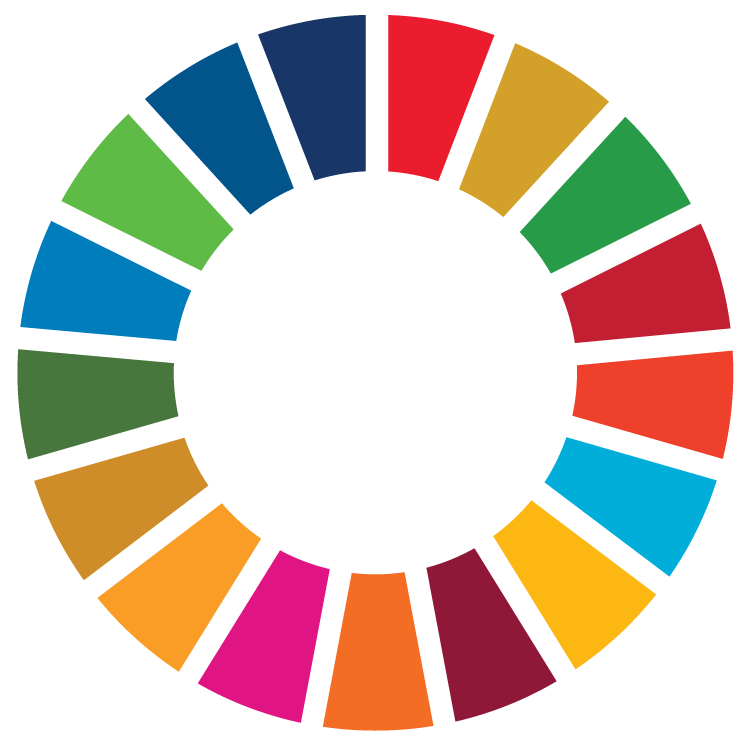Reporters: Mr. Sujinda Saehan, Mr. Ekkajak Intarat, Mr. Nitigon Jumniansuk, Mr. Thanet Sangseejun
Evidence Date: November 5th, 2024
Related SDGs: 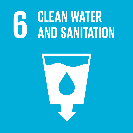
Related Indicators: 6.5.1, 6.5.3, 6.5.4, 6.5.5, 6.5.6, 6.5.7
Details:
Thailand is increasingly facing challenges related to seawater intrusion into its freshwater sources, particularly in the southern region, where rising sea levels and climate change have intensified the salinization of surface water. Among the most affected areas is the Songkhla Lake Basin, the country’s largest freshwater resource, spanning 11,991.36 square kilometers across parts of Songkhla, Phatthalung, and Nakhon Si Thammarat provinces. Situated between latitudes 6° 45´ and 8° 00´ N and longitudes 99° 30´ and 100° 45´ E, this unique lagoon system blends freshwater from rainfall, canals, and seasonal floods with seawater, making it highly vulnerable to fluctuations in salinity. During the dry season, saltwater intrusion increases the lake’s salinity levels, threatening the freshwater ecosystem, reducing biodiversity, hindering aquatic life growth, and disrupting agricultural production in surrounding communities that rely on freshwater for irrigation. These environmental challenges have significant social and economic implications, particularly for rural communities dependent on agriculture and fisheries.
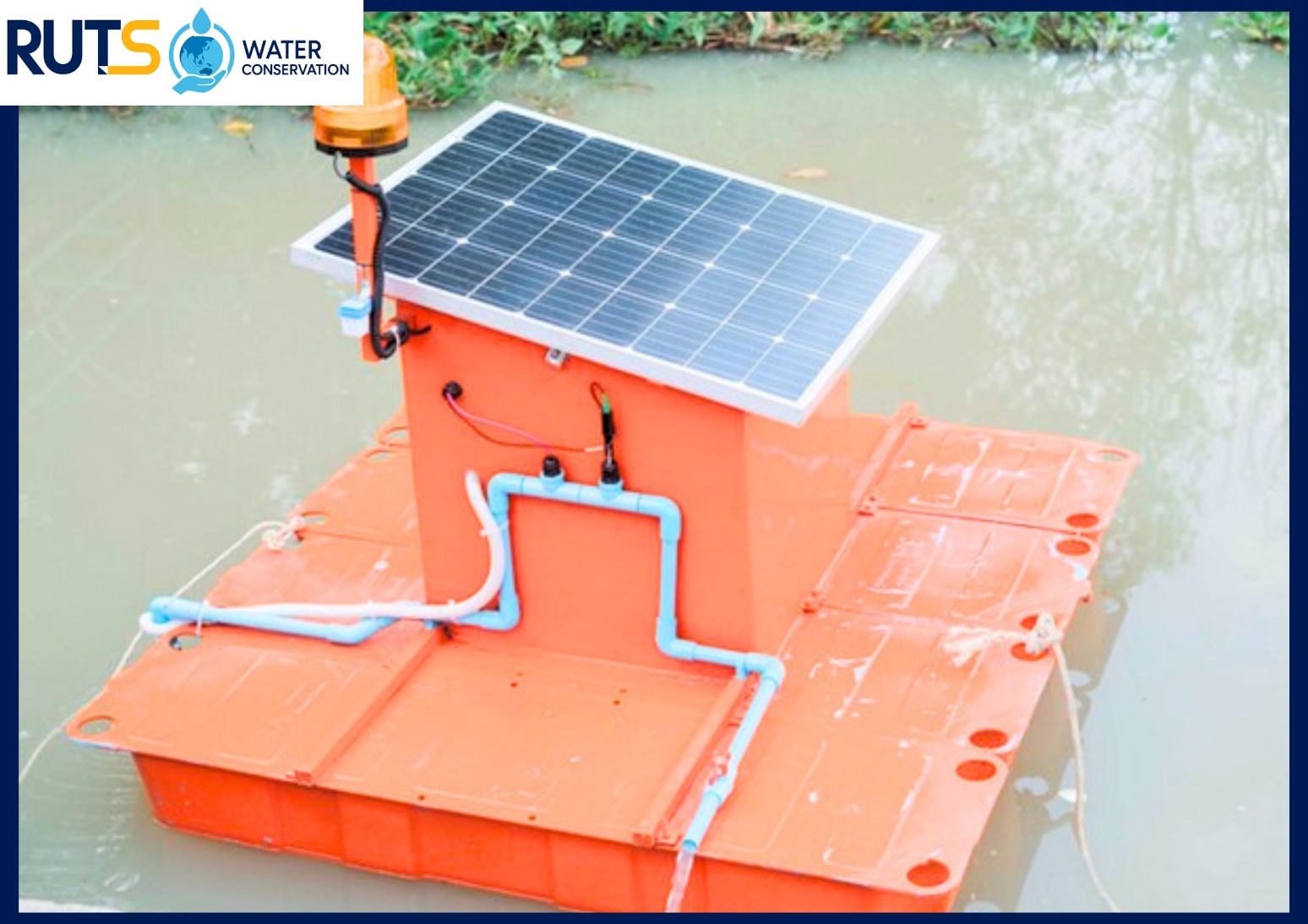
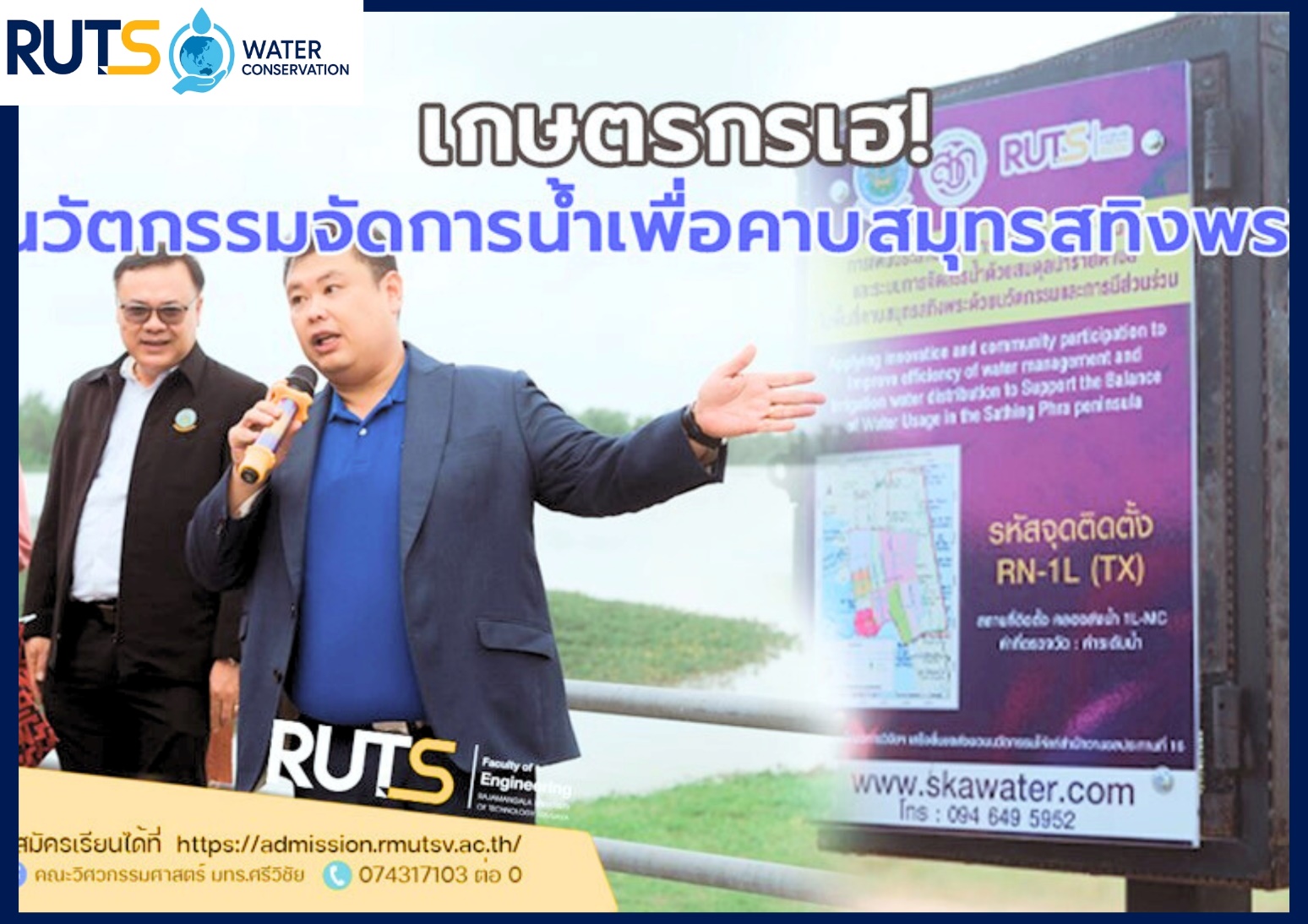
In response to these pressing issues, Rajamangala University of Technology Srivijaya (RUTS) initiated a pioneering project to enhance water management in the Songkhla Lake Basin through the integration of Internet of Things (IoT) technologies and community participation. This innovative approach is designed to develop a proactive salinity warning system, enabling stakeholders to monitor, predict, and mitigate the impacts of seawater intrusion effectively. The system incorporates real-time monitoring devices, such as automatic salinity and rainfall meters, which transmit data every two hours through the LINE application, allowing farmers, local communities, and government agencies to access timely information. By enabling continuous tracking of water salinity, temperature, humidity, and rainfall, the system supports data-driven decision-making and facilitates the implementation of water management measures before critical thresholds are exceeded.

A distinguishing feature of the project is its emphasis on community engagement and multi-sector collaboration. Built on the principle of “learning together, thinking together, sharing in action and outcomes,” the initiative brings together academic experts from RUTS, government agencies such as the Ranot-Klasesin Operation and Maintenance Project and district agricultural extension offices, and local agricultural groups from Khu Khut, Tha Hin, and Bang Khaet subdistricts. This collaborative model begins with the establishment of a water management network, which organizes community innovators to identify local water management issues and coordinate responses. Participatory workshops then facilitate the development of strategies for agricultural water management, introducing innovative tools such as IoT-based salinity meters while integrating traditional knowledge, including wet-dry rice cultivation techniques to reduce water demand.
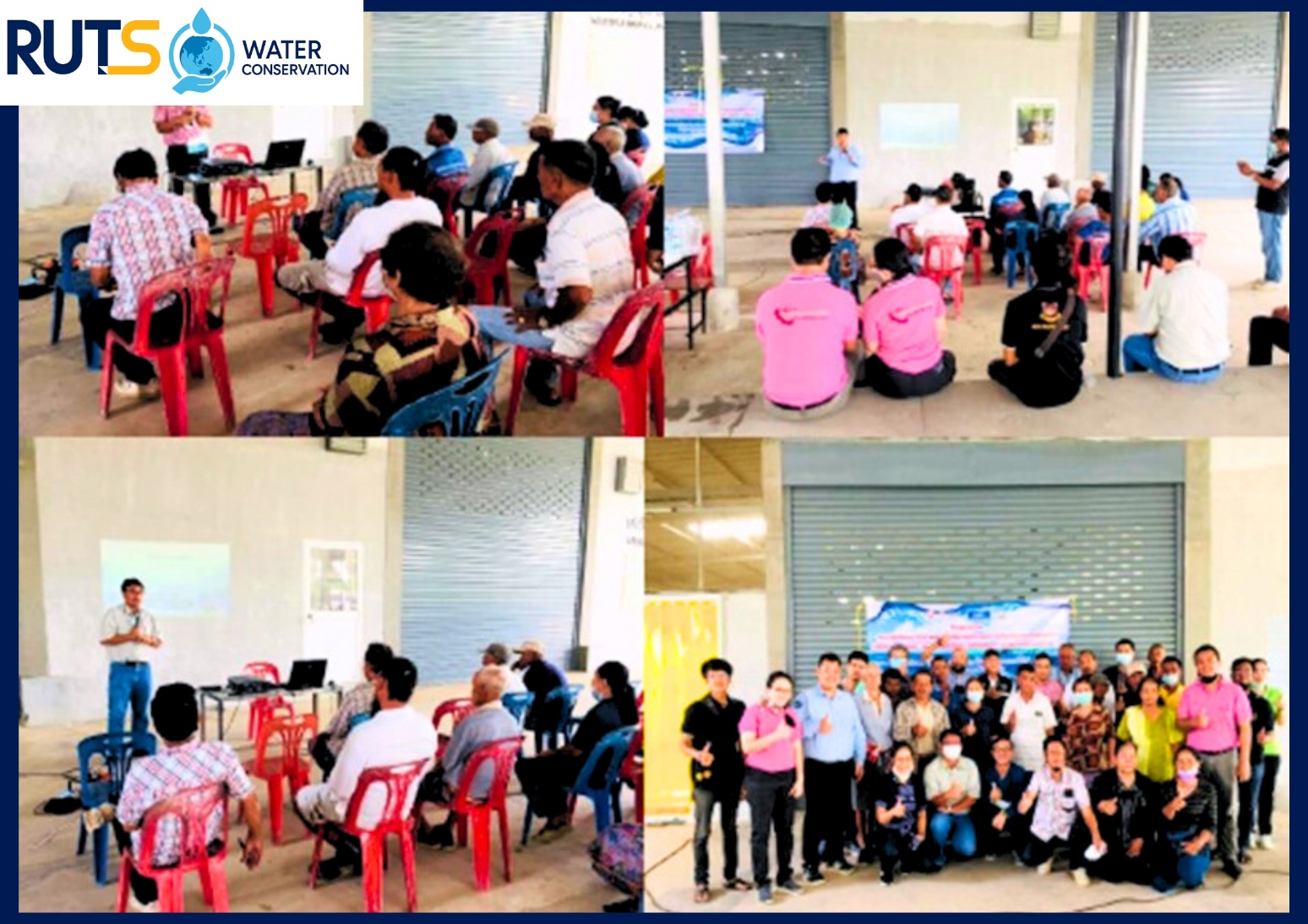
The practical implementation of the system includes the installation of monitoring instruments across key points in the lake and surrounding canals, enabling real-time salinity readings. Agricultural groups are trained to maintain these devices and interpret data, allowing them to request freshwater transfers from natural reservoirs when salinity levels threaten crops or aquatic ecosystems. This community-led monitoring approach not only empowers local stakeholders but also strengthens resilience to climate-related water challenges. Social media platforms and LINE groups are further leveraged to facilitate information dissemination, enhance coordination, and ensure rapid responses to environmental changes.
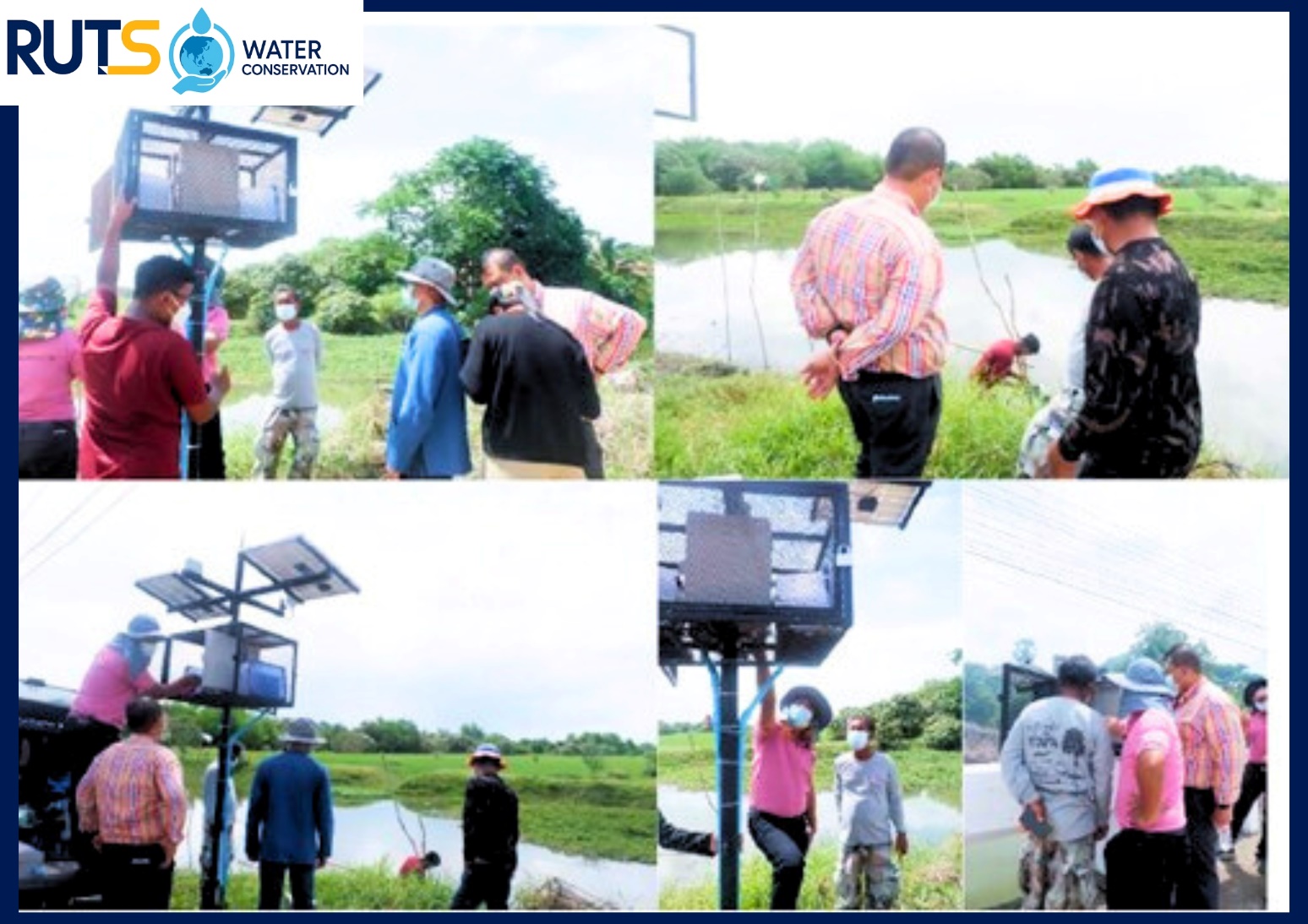
The effectiveness and innovation of this project have been recognized internationally. Dr. Nattapol Kaewthong and his team from RUTS were awarded the Silver Medal by the Canadian Special Award of the Toronto International Society of Innovation & Advanced Skills (TSIAS) for their work on an IoT-based system for agricultural water resource management. This recognition highlights the potential of combining advanced technology with community engagement to address complex environmental challenges.
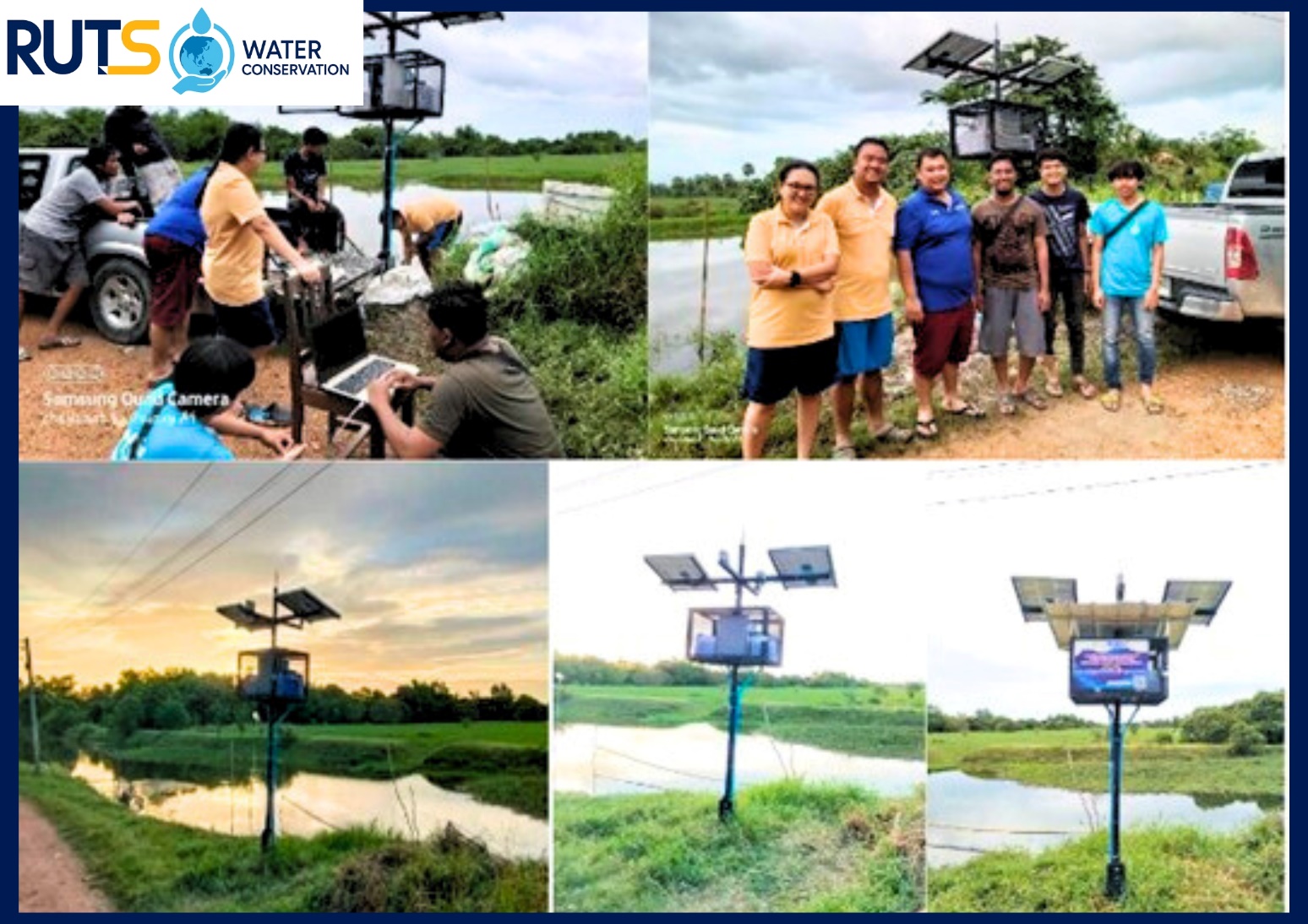

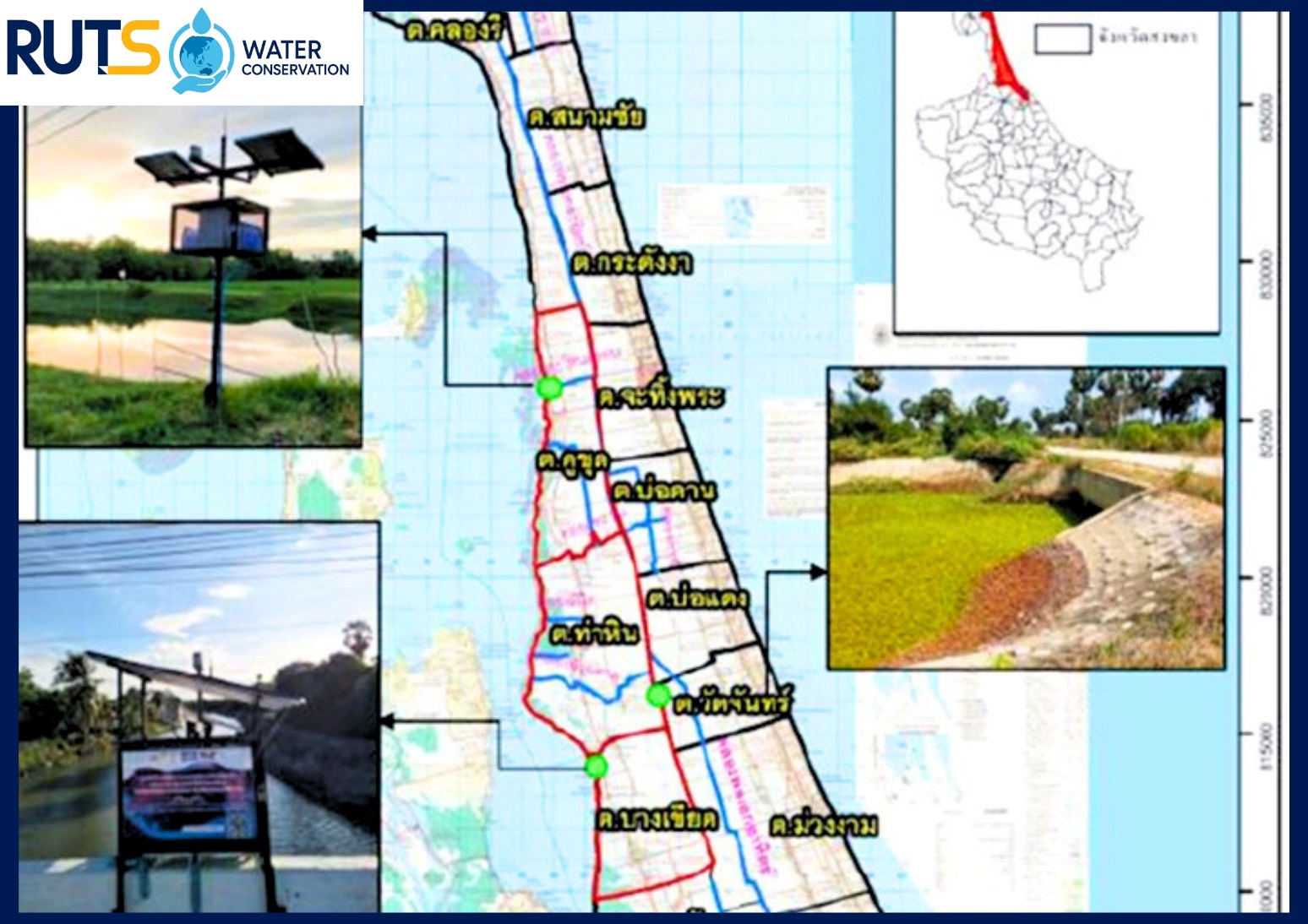
This initiative directly contributes to Sustainable Development Goal 6 (SDG 6: Clean Water and Sanitation) by promoting the sustainable management and equitable distribution of freshwater resources. By monitoring and controlling saltwater intrusion, the project helps maintain the availability of clean water for agriculture and ecosystems, reduces water pollution, and enhances local capacity for participatory water governance. Moreover, it aligns with broader environmental and social sustainability objectives, including resilient agricultural production, climate adaptation, and ecosystem protection, serving as a model for sustainable watershed management in Thailand and beyond.
Looking forward, the RUTS team plans to expand the IoT network to additional subdistricts, integrate predictive modeling for seasonal water planning, and develop mobile applications to deliver alerts and guidance directly to farmers. By combining technological innovation, scientific knowledge, and community-driven action, this project exemplifies a comprehensive and sustainable approach to managing water resources in the face of climate change, ensuring both ecological preservation and socio-economic resilience for future generations.
Related Links:
